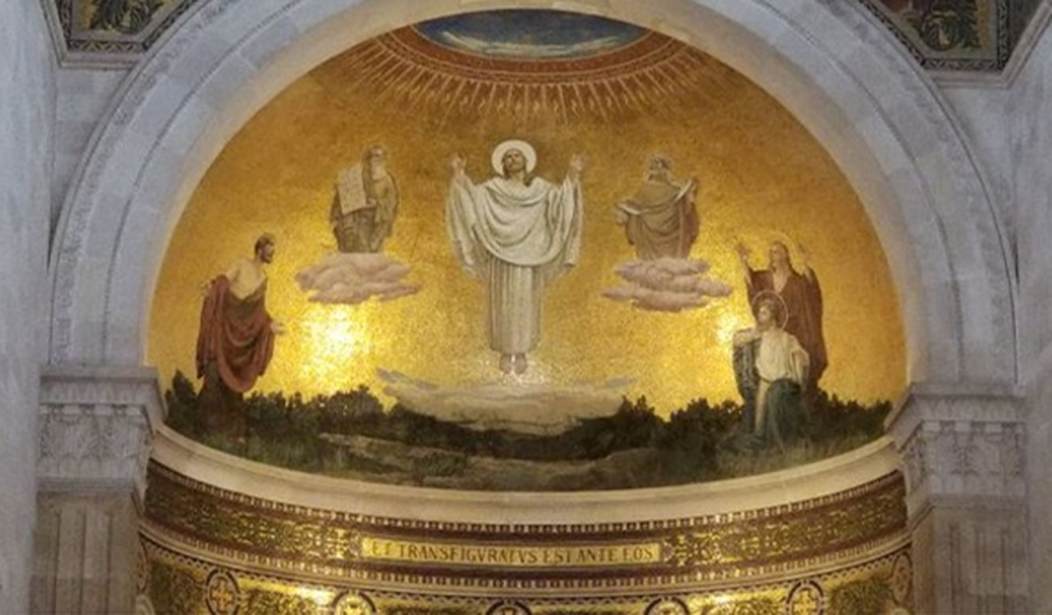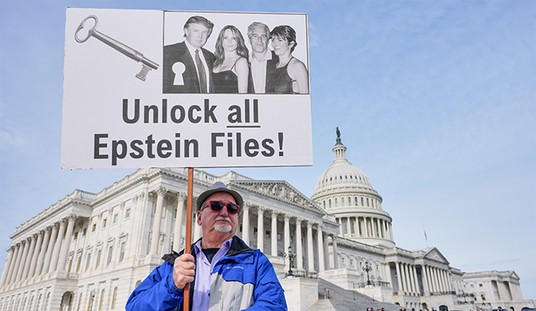Author's Note: All previous volumes of this series are here. The first 56 volumes are compiled into the book "Bible Study For Those Who Don't Read The Bible." "Part Two," featuring volumes 57-113, was published in December 2022.
Thank you for joining today’s study. I’m not sure why the topic of Moses in the New Testament came to mind, but I know HE does.
Moses is the most famous, influential, and revered figure in the Old Testament/Hebrew Bible, surpassing King David by the power of his godly staff. If you need a quick refresher, check out these prior studies.
August 2021 featured a story that foreshadowed Christ on the cross, Vol. 74: “God, Moses, Bronze Snake, and Jesus.” In November 2021, we studied why Moses was not allowed to enter the Promised Land, Vol. 86: “Moses - His Disobedience, Death and Truth.” Then, this past March, Moses played a key role in Vol. 261: “The Foundational Meaning of ‘Rock’ in the Old Testament.”
While researching this topic, I realized how often Moses is mentioned or alluded to in the New Testament. Therefore, today we discuss Moses in the Gospels, and next week we will cover the rest of the New Testament. Realistically, several more studies are needed because Moses was so important in the Old Testament, and the New Testament completed the Old. This means only highlights are discussed, but hopefully, you will be inspired to continue learning about the connection on your own or in your study groups.
Interestingly, my fellow tribespeople never acknowledge Moses' influence in the New Testament. Expanding on that point, years ago in Vol. 86, I wrote:
“Given that I was born and raised Jewish but accepted Christ as the Jewish Messiah in 1975, theological misinformation makes me cringe. For example, occasionally, fellow Jews equate Moses to Jesus, saying, ‘Jews have Moses and Christians have Jesus’ – a preposterous statement proven false by the Hebrew Bible.”
Recommended
“Preposterous” since Moses sinned and was severely punished for disobeying God, proving his humanity. On the contrary, Jesus was sin-free. He died for our sins and IS God. But that is a discussion you will never hear inside a temple.
It is crucial to recognize that Moses was a flawed man chosen by God to lead His “chosen people.” (That means God can use us flawed humans for His Glory.)
Moses is best known as the “lawgiver” because God gave him the Ten Commandments, which form the foundation of Western civilization. Furthermore, Moses’ leadership, judgment, and faith in one God are essential to understanding ancient Jewish history and tradition. That is why Jewish New Testament writers (all Jewish except Luke) reference Moses’ legacy in connection with the identity and mission of Jesus Christ, who fulfilled the Law and the prophets, proving He was the Jewish Messiah.
Moses’ most prominent presence in the New Testament was at the Transfiguration when Jesus and the disciples Peter, James, and John saw him. This seminal event is recorded in three of the four Gospels: (Matthew 17:1-12), (Mark 9:2-8), (Luke 9:28-36), and alluded to in John’s Gospel, where it reads like John was describing what he saw at the Transfiguration of Jesus:
“We have seen his glory, the glory of the one and only Son, who came from the Father, full of grace and truth” (John 1:14).
At the Transfiguration, not long before Jesus was crucified, He shone with heavenly light. Moses' appearance symbolized how Jesus fulfilled the Law, and Elijah was there too, confirming how Jesus fulfilled the Prophets. The presence of the two Ancients reinforced what Jesus said to His disciples during the Sermon on the Mount:
“Do not think that I have come to abolish the Law or the Prophets; I have not come to abolish them but to fulfill them” (Matthew 5:17). Then, after Jesus was resurrected and first appeared to His disciples, Luke wrote:
“He said to them, This is what I told you while I was still with you: ‘Everything must be fulfilled that is written about me in the Law of Moses, the Prophets and the Psalms’” (Luke 24:44).
Moving to John’s Gospel, he records numerous strong connections between Jesus and Moses. John highlighted the transition from the old covenant based on the Law to the new covenant, preached by Jesus, and reiterated what he wrote in John 1:14:
“For the law was given through Moses; grace and truth came through Jesus Christ” (John 1:17). John saw that “grace and truth” with his own eyes at the Transfiguration.
Four chapters later, Jesus speaks to the Jewish leaders in a long passage that begins in John 5:19-47. In the end, Jesus admonishes them, referencing Moses and implying that the Torah, written by Moses, ultimately points to Him:
“But do not think I will accuse you before the Father. Your accuser is Moses, on whom your hopes are set. If you believed Moses, you would believe me, for he wrote about me. But since you do not believe what he wrote, how are you going to believe what I say?” (John 5:44-47).
We conclude with Jesus famously teaching about what God did for the people of Israel, led by Moses, after they escaped Egypt and needed food in the desert:
“Our ancestors ate the manna in the wilderness; as it is written: ‘He gave them bread from heaven to eat.’ Jesus said to them, ‘Very truly I tell you, it is not Moses who has given you the bread from heaven, but it is my Father who gives you the true bread from heaven. For the bread of God is the bread that comes down from heaven and gives life to the world. ‘Sir,’ they said, ‘always give us this bread.’
“Then Jesus declared, ‘I am the bread of life. Whoever comes to me will never go hungry, and whoever believes in me will never be thirsty’” (John 6:31-35).
Wow! The Moses-Jesus connection is a one-two faith punch. And then it hit me, I am supposed to use that connection to educate my tribe about the strong ties between Moses in the Old Testament and Jesus in the New Testament. Surely, that will be difficult because most Jews have never read the New Testament. “Not for us,” I was told, because the “Jesus Bible” was “anti-Semitic.” (Quoting my dear mother.)
However, recall when the angel Gabriel appeared to Mary – that nice Jewish girl, soon to be pregnant with “the son of the most high” – and told her:
“For nothing will be impossible with God" (Luke 1:37). I believe that! Do you?
Tune in next week for more Moses in that “Jesus Bible.” Amen!
Myra Kahn Adams is a conservative political and religious writer. Her book, "Bible Study For Those Who Don't Read The Bible," reprints the first 56 volumes of this popular study. "Part 2,” reprints Vols. 57 –113. Order it here.
She is also the Executive Director of the National Shroud of Turin Exhibit, dedicated to building a future permanent Shroud of Turin exhibit in Washington, D.C. Join our effort! Click to attend a major Shroud conference July 31- August 2 in St. Louis. Contact: <MyraAdams01@gmail.com>





















Join the conversation as a VIP Member